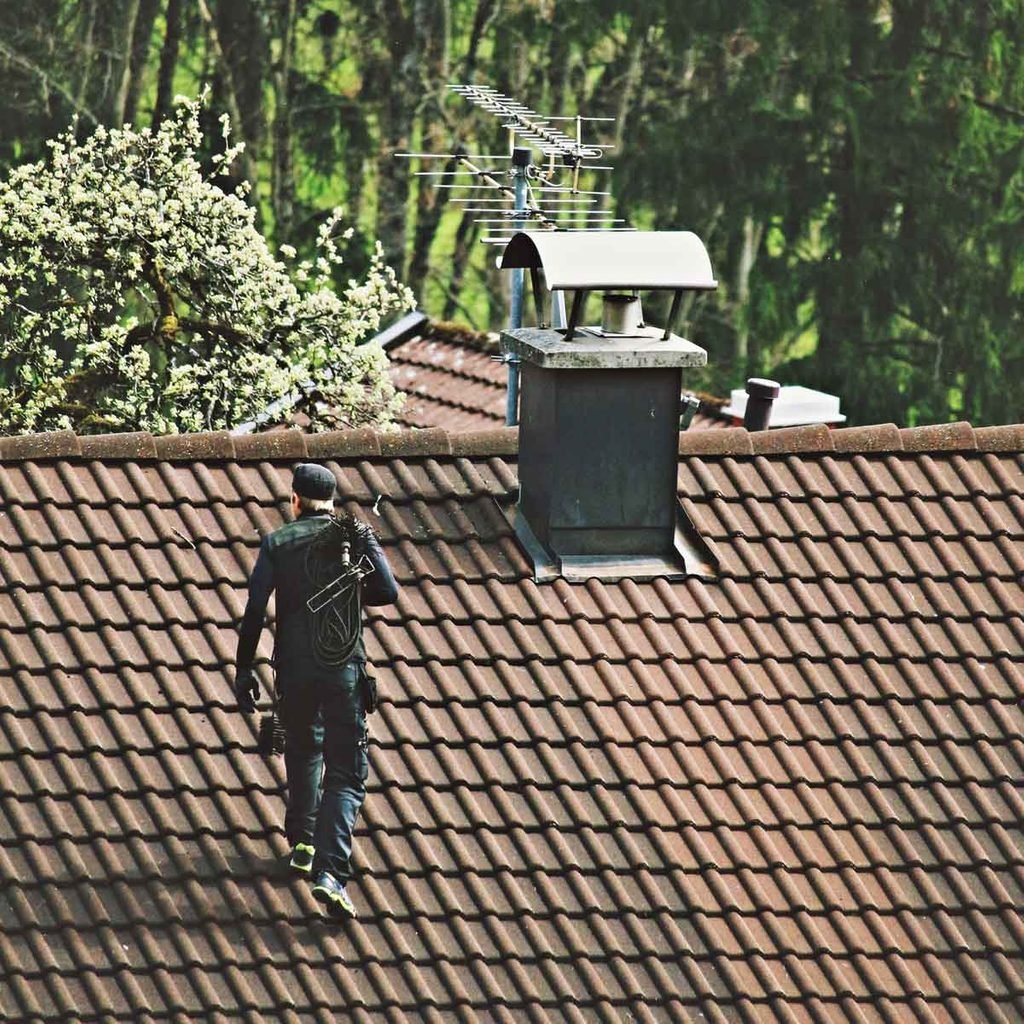Pro Tips for Year-Round Chimney Maintenance San Jose to stop Expensive Repair Work
Pro Tips for Year-Round Chimney Maintenance San Jose to stop Expensive Repair Work
Blog Article
Specialist Tips for Effective Chimney Maintenance You Required to Know
Smokeshafts serve as vital parts in lots of homes, offering warmth and convenience. Nevertheless, ensuring their proper upkeep is often neglected till problems emerge. Recognizing the details of chimney care can be the secret to stop expensive repair services and safeguarding your home and family. From the significance of regular inspections to safe operational practices, a comprehensive approach to smokeshaft maintenance is essential. Allow's discover professional ideas that can aid you maintain your chimney in optimal problem for several years to find.
Significance of Routine Examinations
Routine examinations of smokeshafts are crucial for ensuring their security and capability. Smokeshafts play an important function in airing vent out unsafe gases and keeping appropriate airflow in a home. Over time, creosote buildup, particles, and architectural damage can take place within the chimney, posing serious dangers such as smokeshaft fires or carbon monoxide leakages.
Throughout a chimney evaluation, educated professionals examine the problem of the smokeshaft, looking for any indicators of damage, blockages, or wear and tear. They also inspect the integrity of the flue, smokeshaft liner, and smokeshaft cap to make sure everything is in appropriate working order. By determining and addressing issues beforehand, potential threats or costly repair work can be prevented.
Normal assessments not only assist in preserving the safety and security of the chimney however additionally add to its general performance. A tidy and well-kept chimney operates better, making sure appropriate air flow and reducing the risk of interior air contamination. Scheduling yearly smokeshaft inspections is a proactive measure that property owners can take to protect their home and liked ones.
Cleaning Strategies and Regularity
Maintaining the safety and effectiveness of a chimney involves not only normal examinations but also implementing appropriate cleaning strategies and identifying the optimum frequency for cleaning. Chimneys ought to be cleansed by an expert smokeshaft move at the very least annually, even if they are not often made use of. Nevertheless, if the chimney is used regularly, particularly with wood-burning stoves or fire places, it may need even more constant cleanings to prevent the build-up of creosote, a very combustible substance that can cause chimney fires.
House owners must never ever overlook chimney cleaning, as it is vital for preserving a practical and risk-free chimney system. Regular cleanings not only decrease the risk of chimney fires however additionally enhance the smokeshaft's general performance and long life.
Resolving Smokeshaft Leaks

When addressing chimney leakages, detailed examination and punctual fixings are vital to stop water damage and preserve the architectural stability of the chimney. Leakages in a chimney can lead to significant concerns such as mold and mildew growth, degeneration of the chimney structure, and also potential fire dangers. To that site successfully address smokeshaft leakages, start by examining the chimney cap, crown, flashing, and stonework for any kind of signs of damages or wear.
Recognizing Creosote Build-Up
To recognize the prospective threats of creosote accumulation in smokeshafts, it is necessary to acknowledge its development procedure and effect on chimney performance. When wood or fossil gas are burned, Creosote is a brownish or black tar-like material that gathers inside chimney systems. As smoke rises with the chimney, it cools down and condenses, leading to the formation of creosote, which sticks to the chimney wall surfaces.

Routine smokeshaft evaluations and cleansings by an expert chimney sweeper are important in preventing creosote accumulation and ensuring the secure operation of your chimney system.
Safe Procedure Practices
Implementing appropriate safety and security procedures is essential for the reliable and safe and secure procedure of smokeshaft systems. Always make certain that the chimney is skillfully inspected and cleaned up regularly to get rid of any kind of creosote accumulation, which can lead to chimney fires.
Moreover, ensure to only shed seasoned wood in your fire place, as green or damp wood can produce even more creosote and cause unsafe chimney clogs. Last but not least, never ever leave a fire unattended and always see to it the fire is completely snuffed out prior to going to bed or leaving your home. By complying with these secure operation practices, you can enjoy a comfy and warm fire while guaranteeing the safety of your home and liked ones.
Conclusion
Finally, maintaining your smokeshaft is necessary for ensuring its safety and security and performance. Normal inspections, appropriate cleaning techniques, attending to leakages, managing creosote accumulation, and following safe procedure practices are key facets of chimney maintenance. By remaining on top of these jobs, you can protect against potential hazards and lengthen the life-span of your chimney. It is necessary to Going Here focus on smokeshaft upkeep to keep your home warm and risk-free during the chillier months.
Over time, creosote accumulation, particles, and architectural damages can happen within the chimney, presenting major risks such as smokeshaft fires or carbon this page monoxide leakages.
If the smokeshaft is made use of routinely, especially with wood-burning cooktops or fireplaces, it might need more regular cleansings to avoid the accumulation of creosote, a highly flammable material that can lead to smokeshaft fires. (Chimney Maintenance San Jose)
To understand the possible risks of creosote build-up in smokeshafts, it is crucial to acknowledge its development process and impact on smokeshaft performance. As smoke climbs through the smokeshaft, it condenses and cools down, leading to the formation of creosote, which adheres to the smokeshaft walls.
Constantly make certain that the chimney is skillfully checked and cleaned consistently to eliminate any type of creosote accumulation, which can lead to smokeshaft fires.
Report this page